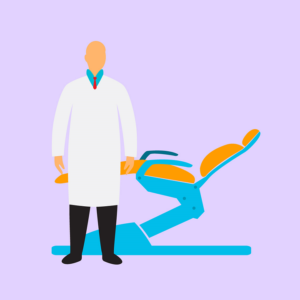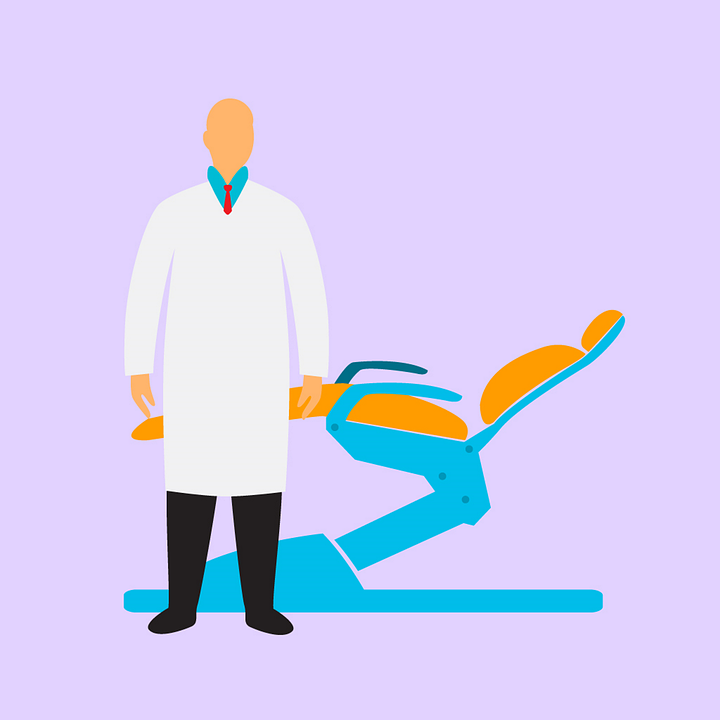Advancement in Dental Technology Reduces Operational Risks
 The digital revolution is transforming every aspect of our day-to-day living in many ways. This includes dentistry and medicine, from diagnostic tools and prevention techniques to electronic data analysis and record keeping to revolutionary treatment methods. According to experts, technological innovation will improve and widen access to dental care, allowing same-day care that can make healthy smiles more affordable.
The digital revolution is transforming every aspect of our day-to-day living in many ways. This includes dentistry and medicine, from diagnostic tools and prevention techniques to electronic data analysis and record keeping to revolutionary treatment methods. According to experts, technological innovation will improve and widen access to dental care, allowing same-day care that can make healthy smiles more affordable.
Digital Dentistry
As we are seeing more quality digital information becoming available to researchers, we are seeing the potential for more accurate diagnosis and treatment. For example, data like age, dental, and medical health history, including genome, can allow professionals to determine your risk to certain kinds of oral disease. In the future, doctors and dentists can tailor treatment to your personal genetics based on your physiology.
Next-Gen Diagnosis and Treatment
Lasers are now widely used in diagnosis and treatment. Professionals are utilizing soft tissue lasers for minor gum injuries. In the near future, these procedures will be turned over to computers. We can expect high-speed dental drills to be replaced with hard tissue lasers to remove tooth decay with the help of digitally-controlled small mirrors. It comes with a hefty price tag, though, which can determine how widely it will be used.
Bioprinting Technology
Despite the advances, teeth will at times have to be replaced with a bridge, crown, or cap. Today’s technology uses computer-assisted design and manufacture to create a tooth from a 3D scan. In the next phase, we can expect 3D printing to take over. There are even experts working on techniques to add tooth decay-fighting chemicals into 3D printed teeth. Other kinds of bioprinting are also underway.
Innovating Prevention
Several dental care innovations are geared toward prevention. For instance, manufacturers are making toothbrushes that come with cameras and location-tracking technology which show parts of the mouth not brushed enough. Other innovators are also looking to make sensors that can detect diseases from mouth tissue or saliva swabs, detect blood alcohol levels, and even monitor heart rate.
Democratized Dental Care
Dental advances now allow initial scanning at home or in community health clinics using a smartphone. This method of democratizing dental care allows for quick diagnosis of basic problems for patients everywhere, particularly those living in remote areas or places with few dentists. In the future, a patient from a developing country can upload their information to be analyzed by a high-end dentist in New York.
Indeed, the future of dentistry is different from the practice today. In just a matter of years, we can expect no injections, no drills, shorter treatment time and easy access. Overall, we can see more emphasis on prevention for less periodontal disease and fewer cavities. In the future, we can expect the dental industry to provide us with increasingly white, nice, and healthy smiles.





 |
|